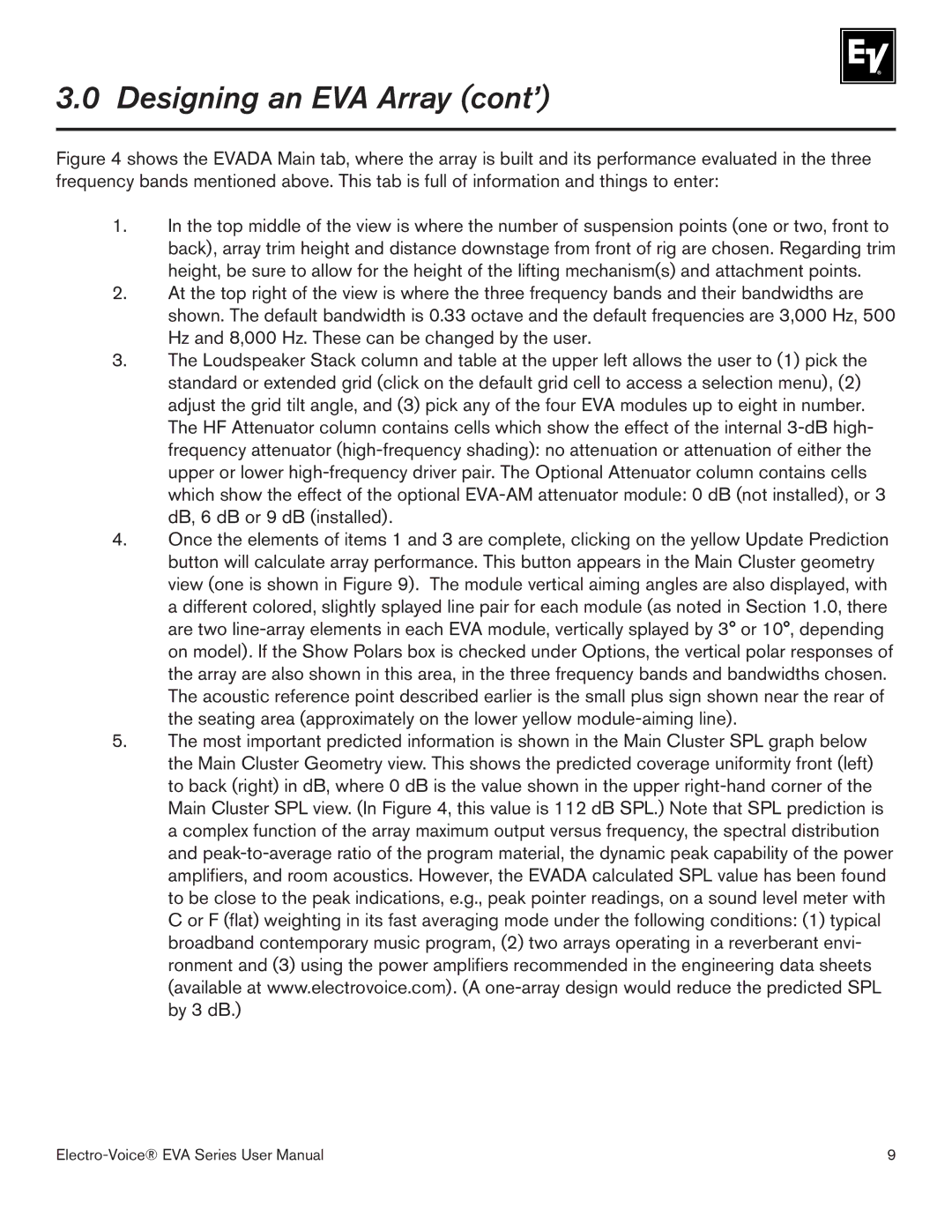EVA-2082S/920, EVA-2082S/126, EVA-2082S/906 specifications
Garmin has once again solidified its reputation for innovation and quality with the release of the EVA-2082 series, specifically the EVA-2082S/126, EVA-2082S/920, and EVA-2082S/906 models. These advanced devices blend cutting-edge technology with user-friendly features, catering to both novice and experienced users alike.At the core of the EVA-2082 series is the integration of Garmin's proprietary GPS technology. Each model offers enhanced accuracy and reliability for navigation, ensuring that users have access to precise location tracking and real-time updates. The built-in multi-band GNSS capabilities allow for improved satellite reception and performance even in challenging environments, such as urban canyons or dense forests.
One of the standout features of the EVA-2082 series is the vibrant display, which delivers crisp visuals and easy readability in various lighting conditions. With customizable interfaces, users can tailor the information displayed to suit their specific needs, showcasing vital statistics such as speed, distance, and elevation.
The EVA-2082 series also emphasizes connectivity with Bluetooth and Wi-Fi capabilities, enabling seamless integration with smartphones and smartwatches. This connectivity allows users to receive notifications, sync data, and even share routes with other devices, enhancing the overall experience.
In terms of durability, the EVA-2082 models are designed to withstand the rigors of outdoor activities. They are water-resistant and built from high-quality materials that can endure harsh weather conditions, making them ideal companions for hiking, cycling, or other adventures.
A notable addition is the comprehensive navigation features that include preloaded topographic maps, which are essential for off-road exploration. Each device supports route planning and provides turn-by-turn directional prompts, making it easier than ever to explore new terrains confidently.
Battery life is another critical aspect where the EVA-2082 series excels. With an extended battery life, users can enjoy long hours of uninterrupted navigation without the worry of their device dying mid-journey.
In conclusion, the Garmin EVA-2082S/126, EVA-2082S/920, and EVA-2082S/906 models showcase the brand's commitment to excellence in GPS technology. With a robust set of features, superior navigation capabilities, and user-friendly interfaces, these devices are poised to become indispensable tools for outdoor enthusiasts and adventurers around the globe. Whether you're hiking through rugged trails or navigating city streets, the EVA-2082 series ensures you stay on track and ready for your next journey.

